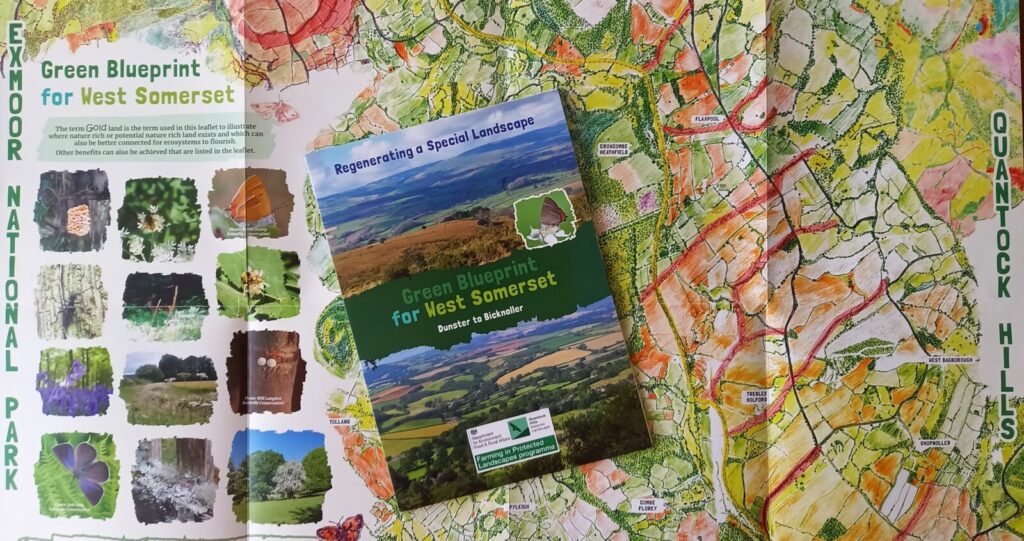New committee member and lifelong countryside and wildlife advocate, Paul Rutter, explains the reasons behind his mission to reconnect the habitats of the Quantocks to the surrounding landscapes.
~ ~ ~
I began my career in countryside management and wildlife conservation in the early 70’s straight from school and was successful in continuing that vocation until my retirement.
The varied work included working on private estates and for organisations around the country before joining the National Trust as a Ranger and Countryside Manager, where I was responsible for managing diverse open space properties and buildings in London, Cheshire and Gloucestershire. My last role was with the Plantlife charity as Woodland Biodiversity Adviser.
Increasing pressures on the countryside
Over the years, I regularly visited Somerset and got to know the Quantock Hills and Exmoor. Always being such a special place for my wife and I, we decided to move to Somerset in retirement, to have the time to continue to get to know more of the landscape and wildlife that is found here.
However, I have continued to observe the pressures the countryside is facing today including land use changes, food security and the worrying depletion of biodiversity.
So I decided to join the Friends to help protect this very special place. I look forward to meeting members and hope I shall be able to use my unique experience to support the charity’s work.
Mapping nature rich corridors
By way of raising awareness about these issues and using my experience, I have embarked on a project to seek ways the landscape between Exmoor and the Quantocks is reconnected ecologically by nature rich corridors. Supported by the Quantock Hills National Landscape, Friends of the Quantocks, Geckoella and the West Somerset Green Forum, I have drawn land use plans of the area with information and practical guidance for landowners. The project is entitled Reconnecting the Landscape (A Green Blueprint).
Noticing the changes
Walking and cycling through the unprotected land between the Quantocks across to Exmoor, I have become aware that much of it has seen significant changes in the use and practices of the land. The fields have become larger, open grown trees become lost in hedges, which have themselves become smaller and more fragmented. And there is an increasing rate of change in the types of crops being grown. More recently, solar farms and house building are additional pressures being placed on special habitats.
Ecologically this change is impacting on things both great and small, and we are seeing less of many species each year – wild flowers, invertebrates, fungi, butterflies, birds and ancient trees.
Restoring and reconnecting
The maps I have drawn have now been assembled and printed as two leaflets.

They show areas that still offer nature-rich habitats including some vital corridors that wildlife and plants need to survive, as well as where potential joined up corridors could be restored and re-connected. This would give a wide range of benefits not just to nature but also for sustainable soil management, watercourse quality and of course the landscape as a whole.
How can you help?
I am holding a free drop-in workshop session for people who own land or have an interest in this project and want to network with others, to learn more about where and how restoration can be achieved and provide space for bigger and joined-up ecosystems. The aim is to help nature recover and to thrive.
Come along to the village hall in Stogumber on July 19th between 10:00am and 2:00pm
If you’d like to know more, you can contact me at [email protected]
